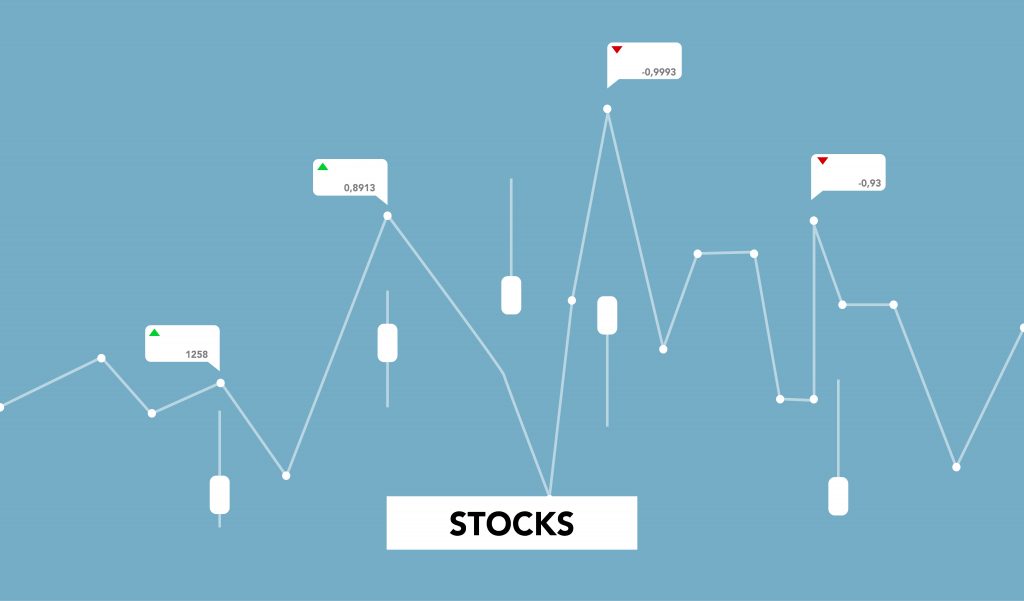
Fluctuation in the forex market offers the potential to profit, but this potential is paired with increased risk. Learn about the risks associated with forex trading and how to develop and implement forex risk management strategies to handle them.
What Is the Meaning of Forex Risk Management?
Risk management involves the identification, evaluation, and mitigation of the risk of investment losses. The market sometimes swings against predictions – and this is when the risk of investment loss occurs. This may be as a result of several variables including economic, political, or corporate circumstances.
Why Is Managing Risk Important?
It is always advisable to have forex risk management strategies in place before trading.
Successful traders realise and understand that trading is a complicated activity that requires a comprehensive forex risk management strategy and trading plan.
Risk management strategies are used to reduce investment loss when the market moves against expectations. Instead of pursuing all opportunities equally, identify and assess the risk involved to determine which opportunities are most likely to lead to success.
Controlling Risk
A smart forex risk management strategy can be the difference between trading successfully and failing. A trading strategy will help you decide what, when, why, and how much to trade. Using a well-planned and thorough risk management approach will help us to stay successful and build a continuous stream of revenue over time.
Risk management includes three steps: identification, appraisal, and mitigation.

Financial Risk Management
Identifying financial risks involves understanding the factors involved. Interest rate changes and trade disputes frequently have a market-wide impact. Market sentiment is affected by short- and medium-term economic indicators such as economic reports. Quarterly earnings reports provide information about certain sectors or financial assets. Because of this, they might create large fluctuations in the target assets.
Identify potential economic occurrences and observe their capacity to affect pricing, their frequency of publication, and the variables that may alter the statistics in these reports. Discuss the likely outcomes for each report and their impact on our investment. Identifying risky situations allows us to identify market signals and prepare our portfolio for potential problems.
Trading Risk Management
There are numerous ways to assess trading risk. The most popular risk assessment approaches are active and passive. Active risks stem from the portfolio’s trading strategy, whereas passive risks stem from the investment’s vulnerability to market occurrences.
Alpha is an active risk ratio that compares an asset’s performance over time to a benchmark. By comparison, a positive alpha suggests a greater return percentage, whereas a negative alpha indicates the reverse.
Beta is a passive risk ratio that assesses an asset’s volatility over time. Using 1 as a standard, a beta greater than 1 suggests more volatility, whereas a beta lower than 1 indicates lesser volatility. A larger beta means that investing in this stock has a higher potential return but also a higher chance of loss. A smaller beta means less risk and less reward potential.
Alpha and beta are derived from the previous performance of a financial asset and a benchmark. This data is used to forecast a comparable active and passive risk exposure in the future.
Forex Risk Management Strategies
The three basic risk reduction techniques are budget-based methods, portfolio diversification, and hedging strategies.
Portfolio diversification is not putting all your eggs in one basket. If two assets are affected by the same cause, they move together and have a strong correlation. Hedging is a risk management strategy. It implies that when you start a trading position, you open a counter-position with the same asset.
The following useful tips should always be kept in mind in addition to any risk management strategies.
Essential Risk Management Tips:
- Do not risk more than what you are able to lose.
- Stick to your trading strategy.
- Avoid investing on a whim.
- Record your performance and use it to help you improve.
- Open positions should never be left unattended.
Actioning Forex Risk Management Strategies
Once you grasp the basics of financial risk management, how to manage forex risks, how it works, and how it can boost performance and earnings, you can confidently apply this knowledge to trade profitably.
Although you can always leave that to the experts at DG Capital.
